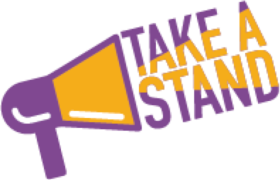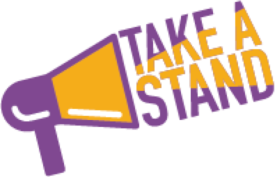
Can students inspire change in public policy?
Students hold great potential for change. Yet, public policy decisions are hardly (if ever!) influenced by the creativity, interest, and experience of our smallest citizens. In this project, students will take a stand in support of a public policy issue that matters to them. They will learn about all sides of several topics like education and the environment. Through respectful discourse, they will construct and articulate well-researched positions on a topic of their choice with an inspirational podcast!
Imagine if all our students could make their voices heard and become the changemakers our world needs. What a way to make a difference in the world!
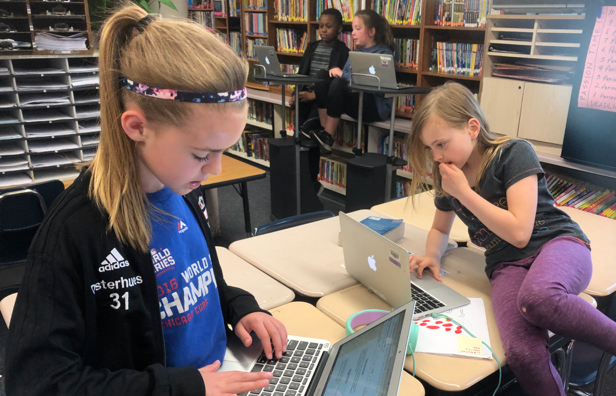
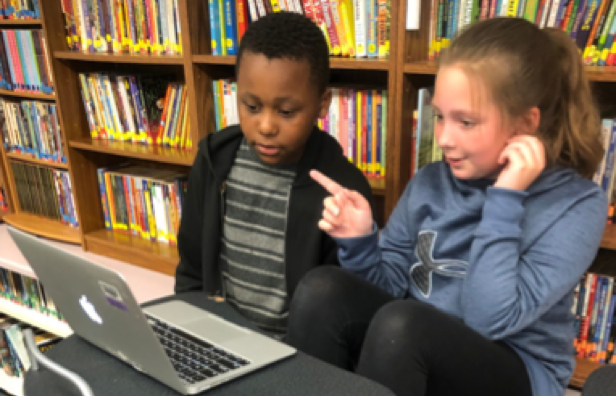
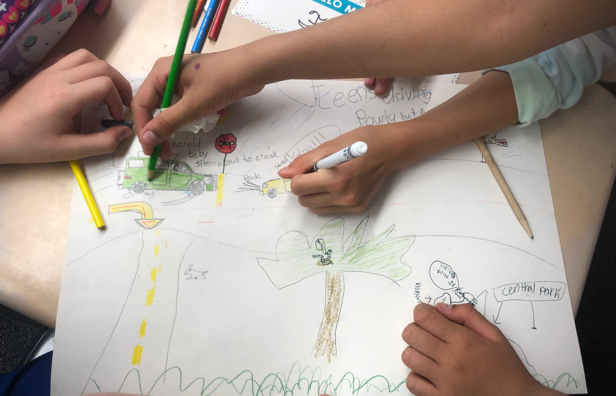
What’s included in your project?
Cross-Curricular Content
Every Blue Apple project provides suggested content correlations to Common Core State Standards, Next Generation Science Standards, and C3 Framework for Social Studies. A featured mini-lesson from each content area is highlighted below along with additional lesson ideas. Not teaching these standards? No problem! Check out the Take a Stand K-8 content correlation document for additional lesson ideas.

Math
Comparing Fractions
Lesson 2: When looking at your class graphs, make a ratio of the number of people on the Blue side to the number on the White side. Repeat this process with the Laurel / Yanny controversy. Turn your ratios into proper fractions and ask students to compare them. Which of the ratios forms a greater fraction? CCSS.MATH.CONTENT.4.NF.A.2Decimal Notation
Lesson 7: Help students understand how to compare decimals by using the timeline in your video editing software. Explore how greater values are associated with later times, and help students apply their understanding to make precise edits to their videos. CCSS.MATH.CONTENT.4.NF.C.7Symmetry
Lesson 7: Have students extend their idea of symmetry by creating a symmetrical sound! Copy a section of sound, then paste it right next to itself to create a duplicate. Then, use a “reverse” feature to make the copy of the sound run backward. Look at the symmetry of the sound wave, and hear the symmetry of the sound! CCSS.MATH.CONTENT.4.G.A.3Multiplicative Comparisons
Lesson 8: Get excited about going viral. Ask your students how many people would hear your podcast if three people listened on the first day, but then they shared it with three people on the next day, and each of them shared with three people. If that pattern continued for a week, how many listeners would you have? CCSS.MATH.CONTENT.4.OA.A.2

English Language Arts
Academic Vocabulary
Lesson 3: As students research their issue, have them identify key vocabulary terms. Have students construct definitions from context, then check their constructed definitions against those of a dictionary. CCSS.ELA-LITERACY.RI.4.4Reason and Evidence
Lesson 4: As students listen to the debates, help them understand the importance of reason and evidence. After each debate, discuss effective and ineffective uses of reasoning and evidence and help students improve the clarity of their thinking. CCSS.ELA-LITERACY.RI.4.8Supporting Facts and Details
Lesson 4: As students construct their propositions or oppositions, have them write them in outline form, with supporting facts and details listed subordinately to the reasons they provide. CCSS.ELA-LITERACY.W.4.1.BConclusions
Lesson 4: As students craft their debates, stress the importance of their rebuttal. Here, they have an opportunity to cinch the argument by leaving the listener with their most moving and persuasive arguments. Emphasize how leaving a strong impression is extremely important to changing people’s minds. CCSS.ELA-LITERACY.W.4.1.D
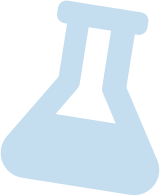
Science
Information Processing
Lesson 2: Use your discussion of “The Dress” to explain how people can have different perspectives due to the way they process sensory information; connect this to the way in which animals receive and process sensory information in their brains. NGSS 4-LS1-2Protecting the Environment
Lesson 2: During your debate on renewable resources, help all students to understand the effects of different fuel sources on the environment. NGSS 4-ESS3-1Models of Sight
Lesson 3: As you brainstorm new ideas for topics to debate, explain that students can “bring to light” issues that adults might not know or care as much about. Establish a connection to the scientific concept of light by using a flashlight in a dark room to show how things invisible in the dark can become visible when brought to the light. NGSS 4-PS4-2Transfer of Energy
Lesson 5: Help students understand the importance of passion by drawing a connection to the scientific concept of energy. Show how in a collision, the more energy a moving object has, the more it will make another object move. Similarly, the more passion that people have about a cause, the more they can move others to action! NGSS 4-PS3-2

Social Studies
Core Civic Virtues
Lesson 1: Explain how civility and respectful discourse are core virtues for a well-functioning democracy by describing historical examples of people who have made change, and exploring how they were able to take a stand effectively. NCSS D2.HIS.5.3-5Change in Different Contexts
Lesson 4: After the debate, explain how it is often easier to make changes in small settings, such as a classroom, than in large settings, like a nation. Discuss what procedures are used for making changes in different contexts, and why it may be easier to change a classroom than a country. NCSS D2.CIV.11.3-5Rules, Laws, and the Constitution
Lesson 5: As you plan your podcast, ask what sort of change your students would like to make in the world. Do they hope to change a rule or a law—or do they hope to change people’s minds? Make sure they have a clear understanding of what sort of action is necessary to create change they seek. NCSS D2.CIV.3.3-5History of Social Change
Lesson 8: As your students prepare to share their views with decision-makers, help them learn about how to make change effectively by studying historical examples such as Gandhi, Cesar Chavez, and Martin Luther King, Jr. NCSS D2.CIV.14.3-5

Social Emotional Learning
- Self-awareness and Self-management
Lesson 1: After watching the video, Why you think you’re right — even if you’re wrong, help students learn to be aware of and to manage their own mindset when it comes to thinking like a scout or a soldier.
Not teaching these standards?
No problem! Check out the Take a Stand K-8 content correlation document for additional lesson ideas.
Each Blue Apple Project Includes:

- Engaging lessons designed to make learning memorable, meaningful, and fun
- Curated online resources to save you time searching for content
- In-person, virtual, and hybrid options for all learning environments
- Cross-curricular mini-lessons in English-Language Arts, Math, Science, Social Studies, and Social-Emotional Learning
- Videos and contact info provided by real-world experts willing to meet with your students
- Opportunities to collaborate with other classrooms doing the same project
- Free project supplies to get you started right away

